
Far Eastern Curlew
Numenius madagascariensis
Also known as: Far Eastern Curlew


Numenius madagascariensis
Also known as: Far Eastern Curlew

The Far Eastern curlew is a summer visitor to New Zealand's shores. As the largest wader in the country, this impressive bird stands out with its enormous size and extraordinarily long, curved bill. Despite its rarity, spotting one is a thrilling experience for any birdwatcher.
1. Enormous size, significantly larger than other waders in New Zealand
2. Extremely long, downward-curving bill, often reaching 20 cm in length
3. Mottled brown plumage with darker streaks on head and neck
Far Eastern curlews are long-distance migrants, flying non-stop from Asia to New Zealand. They arrive in September-November and depart in March-April. These birds face significant threats from habitat loss along their migration route, particularly in the Yellow Sea region. Their cautious nature makes them especially vulnerable to human disturbance. Breeding takes place from early May to late June. Four eggs are typically laid and incubated by both parents. Chicks are self-sufficient shortly after hatching.
Look for Far Eastern curlews on major harbours and estuaries throughout New Zealand, from Parengarenga in the Far North to Awarua Bay in Southland. They're most often seen at Farewell Spit and Manukau Harbour. These wary birds prefer open mudflats and are best spotted during low tide when they're foraging. Dawn and dusk are ideal viewing times. Tip: use a spotting scope or binoculars as they tend to keep their distance from humans.
Far Eastern curlews have been visiting New Zealand's shores for centuries, playing a small but notable role in the country's coastal ecosystems. While not prominently featured in Māori culture, their impressive size and rarity make them a prized sighting for birdwatchers and nature enthusiasts alike.
63 cm
900 g

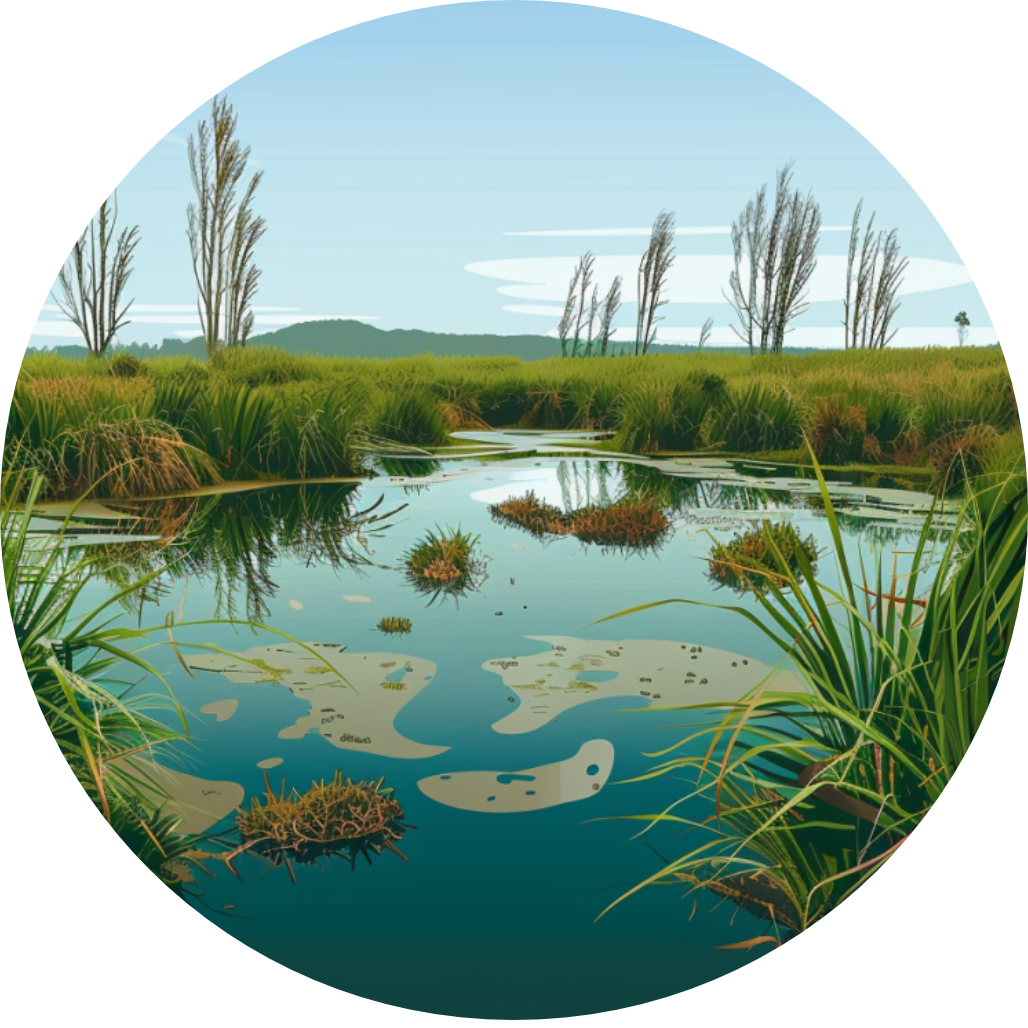

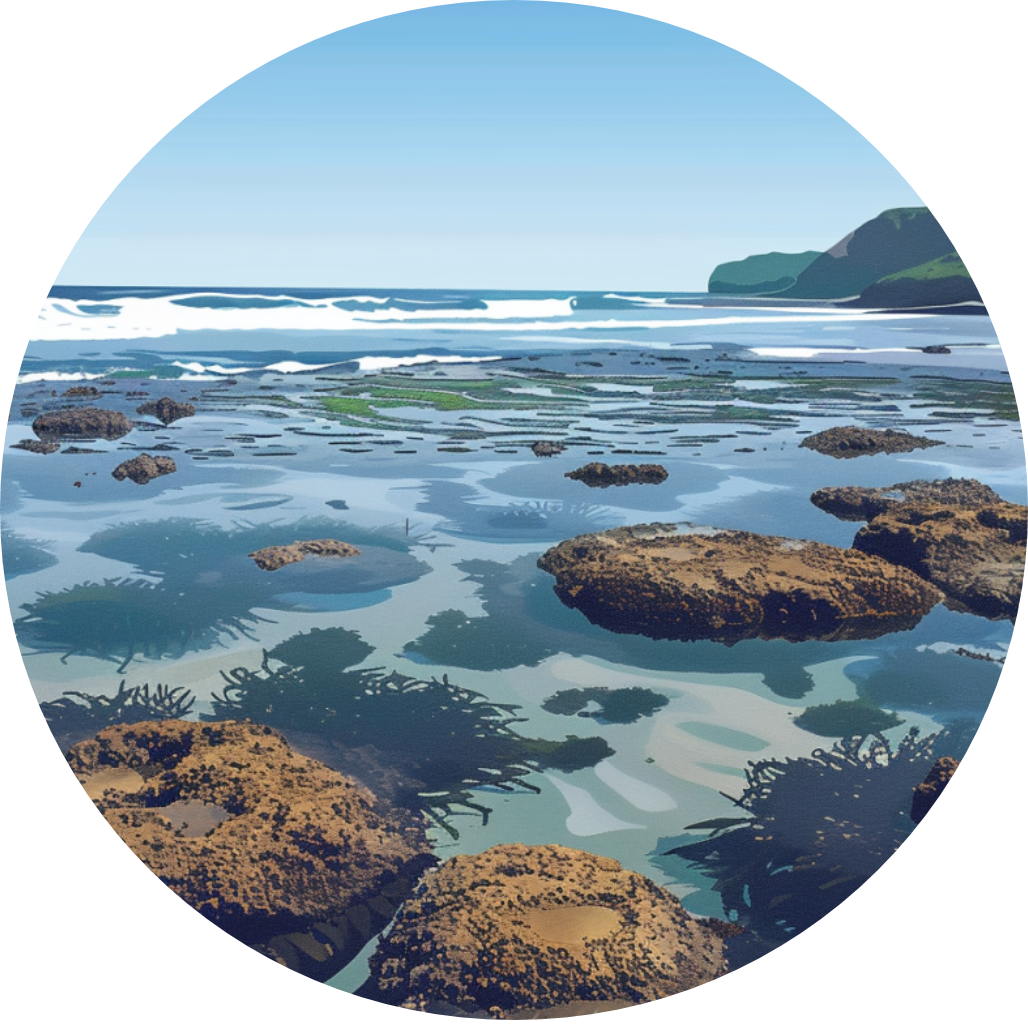
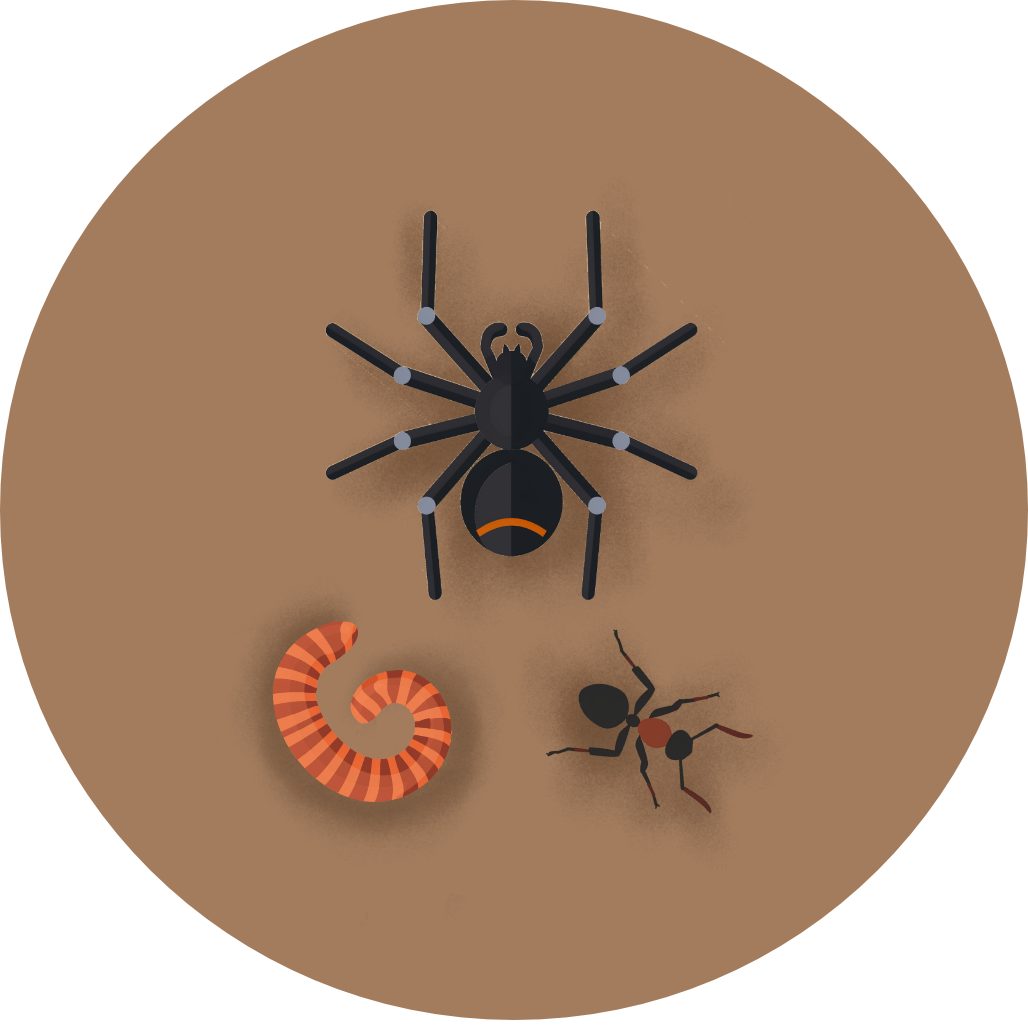
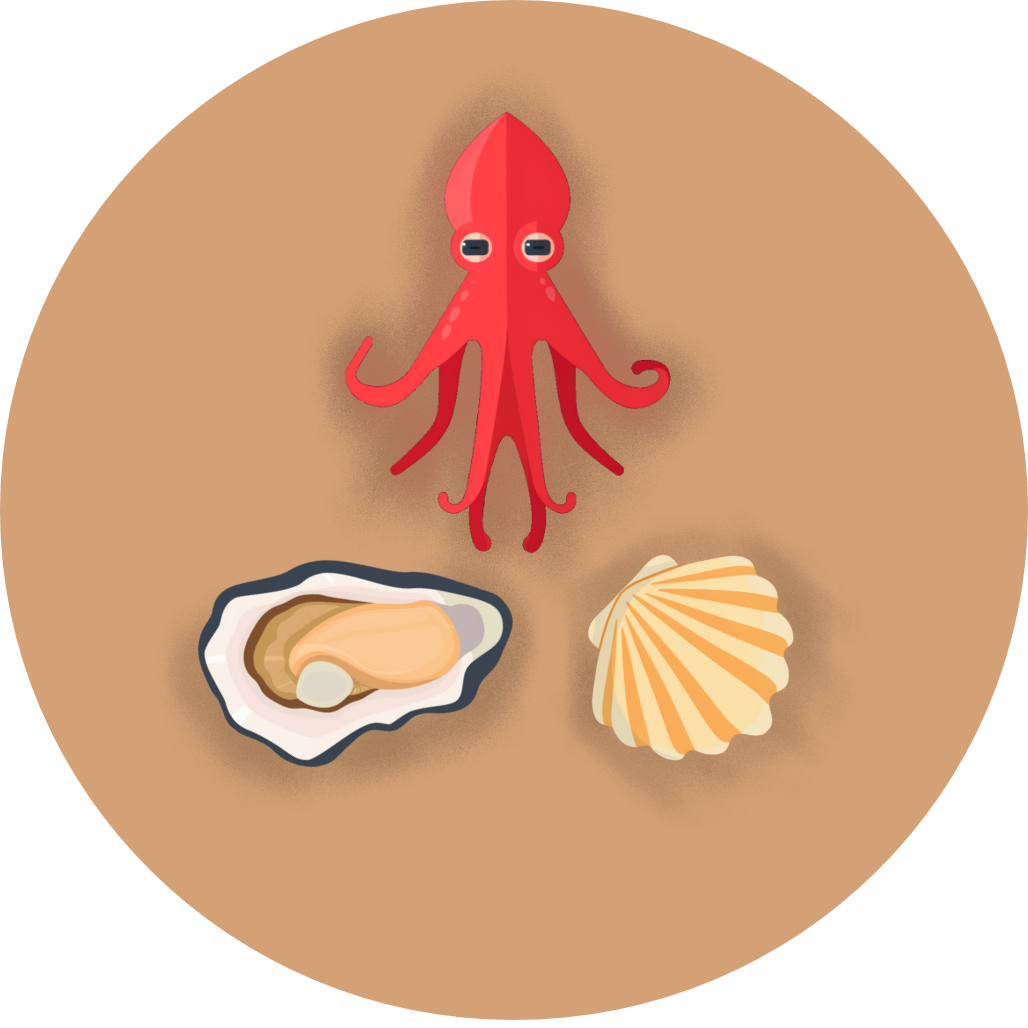

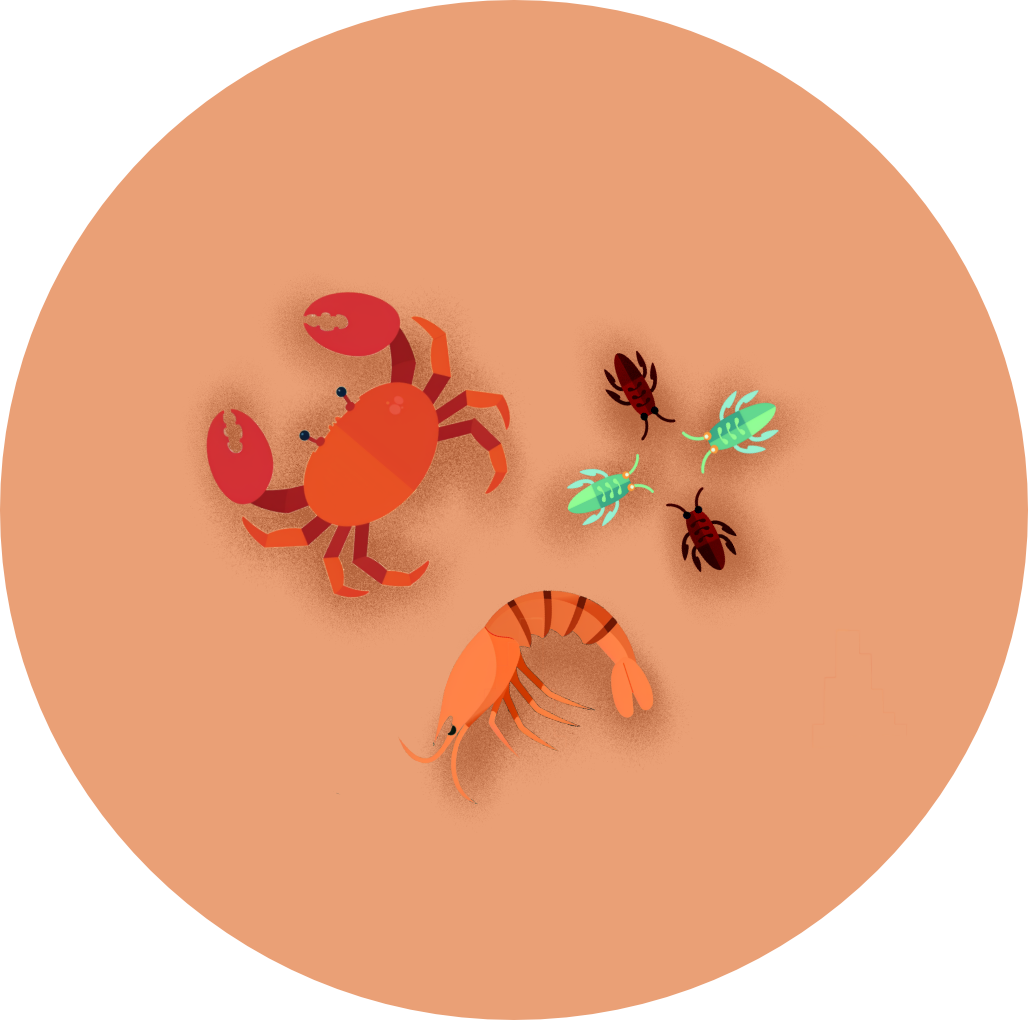
Coming Soon!
Top birding locations will be available in a future update.